Recently I published a post on the 15 Endangered Birds of Florida. Due to the popularity of that post I decided to post a follow up article covering the endangered, or threatened, birds of Nevada.
As per usual, sadly, most of these birds are threatened as a direct result of humans’ actions such as: developing the birds’ natural habitat into residential areas or farmlands, and pesticides killing them off. (click here to go directly to how you can support Birding Planet’s conservation efforts worldwide )
Some recent updates to the site:
* Please join the brand new Birding Planet Facebook Group here. As soon as you join you receive a free bird ebook. And it is a wonderful way to connect birders from around the world.
* You can join the mailing list in the right sidebar for some discounts and other benefits.
* And you can see our brand new Birding Store here.
So, in no particular order, here are the endangered birds of Nevada.
Bendire’s Thrasher
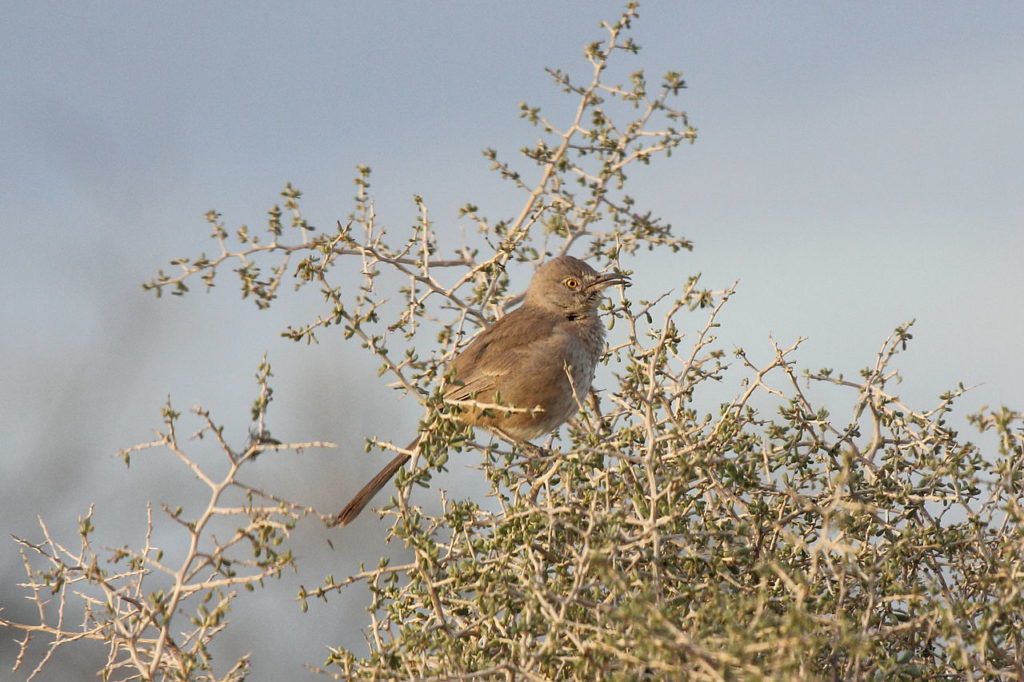
It is 23–28 centimetres (9.1–11.0 in) long, with a long tail and a medium-sized bill. It is grayish-brown on its upperparts with paler, faintly dark streaked underparts. His eyes are a bright yellow, and the tips of the tail are white.
The Bendire’s thrasher makes a cup-shaped nest from twigs, lining the interior with grass stems and rootlets. It is usually placed in a cactus or an otherwise thorny desert shrub or tree. The female lays three or four eggs, which are pale green to blue in color, and speckled with brown and purple. It likes to eat small ground-dwelling insects as well as berries.
The Bendire’s thrasher is listed as Vulnerable due to range-wide declines primarily as a result of the conversion of habitat to farmland.

Southwestern Willow Flycatcher

The Southwestern Willow Flycatcher is less than 15 cm (5.75 in) long from the tip of its bill to the tip of its tail. It weighs 11-12 grams. It has a brownish-olive to gray-green upper body, a whitish throat and a pale olive breast.
They have a completely yellow lower mandible and no conspicuous eye-ring.
The U.S. Fish and Wildlife Service listed the Southwestern Willow Flycatcher as a federally endangered species in 1995, and completed a plan for its recovery in 2002. By 2002, it was estimated that only 900 to 1100 pairs existed.
One of the primary reasons for the decline of this species is the loss and degradation of dense, native riparian habitats. Water impoundment (dams), water diversion for agriculture, and groundwater pumping all have altered streamflow and thus riparian vegetation. Other impacts to riparian habitat are caused by stream bank stabilization, riparian vegetation control, livestock grazing, off-road vehicle use, increased fires and urban development.
The U.S. Fish and Wildlife Service revised flycatcher critical habitat in January 2013, following previous designations in 1997 and 2005. The current critical habitat designation follows Recovery Plan goals, and identifies 1,975 stream kilometers in Arizona, New Mexico, and the southern portions of California, Nevada, Utah, and Colorado.
See other Flycatcher posts here.
Yuma Clapper Rail
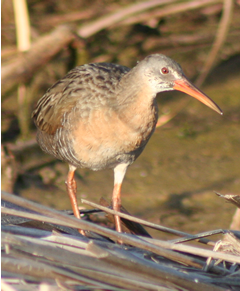
A large-footed marsh bird with paler underparts than other Clapper Rails . Males are larger than females, but the sexes are alike in plumage. They are monogamous and both sexes assist in incubation and brood-rearing. The female usually lays 7 to 11 eggs in a cup nest of grasses, and the chicks can fly after 9 to 10 weeks.
The Yuma clapper rail eats mostly crayfish, clams, freshwater shrimp, fish and various insects.
This species was listed as endangered in 1967. Threats include habitat destruction, primarily due to stream channelization and drying and flooding of marshes, resulting from water flow management on the lower Colorado River. Other threats include contaminants from agricultural tailwaters and exotic vegetation.
Yellow-Billed Cuckoo
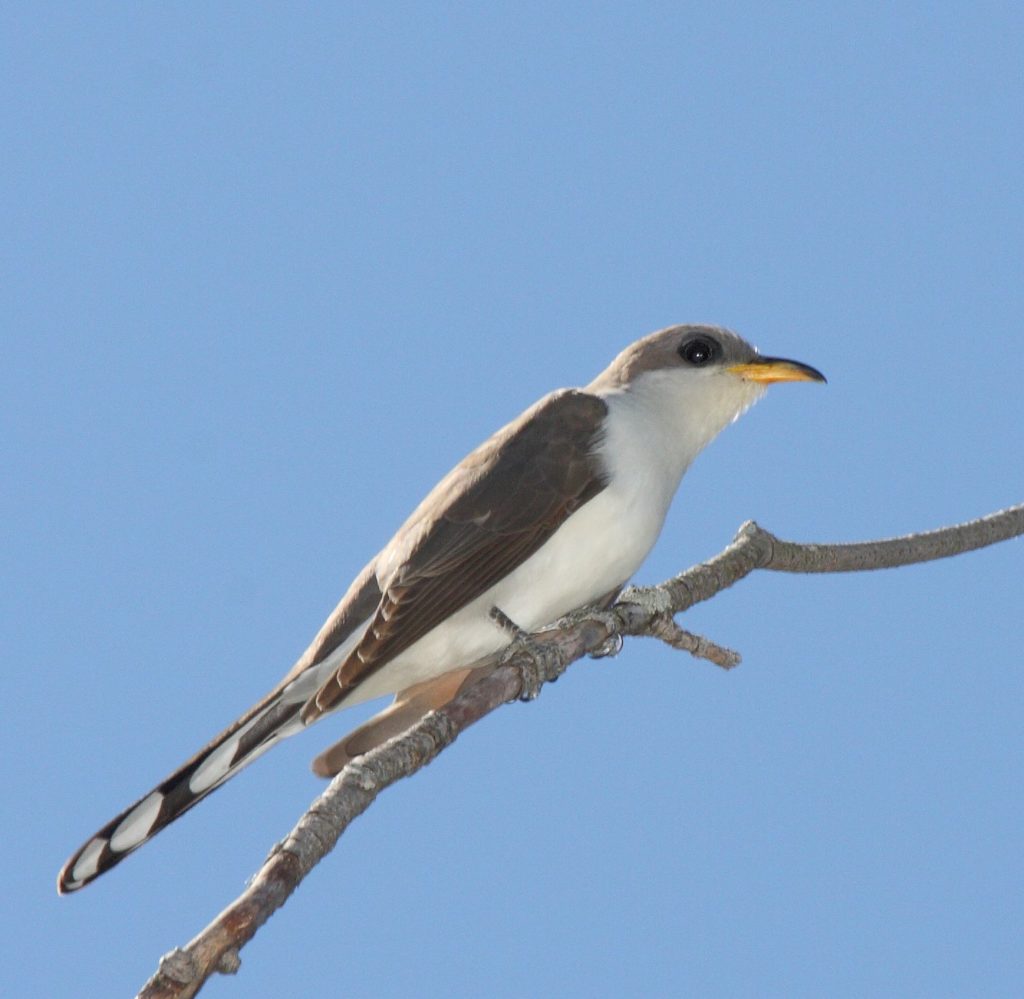
Adults have a long tail, brown above and black-and-white below, and a black curved bill with yellow especially on the lower mandible. The head and upper parts are brown and the underparts are white. There is a yellow ring around the eye.
They mainly eat insects, especially tent caterpillars and cicadas, but also some lizards, eggs of other birds and berries.
They nest in a tree or shrub, usually up to 2–12 feet (1–4 meters) above the ground.
The 3-4 eggs are incubated for 14 days or less. The chicks are able to climb about with agility at 7–9 days of age.
Yellow-billed cuckoos occasionally lay eggs in the nests of other birds.

Birding Planet is on a Bird Conservation Mission and YOU can help! For as little as a $2 once off donation YOU can be a part of the community that helps prevent more bird species becoming extinct. I would like to make this site ad-free and only have conservation supporters displayed.
By raising funds through the wonderful Birding Planet community (that’s you and me) we can:
1) Raise awareness about birds in our communities and the plight they face
2) Contribute to the conservation and rehabilitation of birds (and their habitat), specifically endangered birds, in the following practical ways:
* Working with farmers to encourage non-lethal, non-harmful methods of preventing raptors from eating their livestock
* Creating HD videos of threatened/endangered birds for online sharing to raise more awareness
* Posting articles and videos on the Birding Planet blog and other social channels
* Adopting/sponsoring birds at sanctuaries and zoos
* Building aviaries for rehabilitation of injured or orphaned birds
* Supporting current wildlife specialists who specialize in bird care
* Purchasing land in towns and cities to create nature reserves and a safe haven for bird life.
How YOU can help to support the Birding Planet conservation initiative:
I am offering various gratitude and advertising opportunities for individuals, organizations and companies who would like to support the cause.
For the following donations you can get the following rewards/exposure: (all of these are once-off donations, no reoccurring fees.)
$2 – you will be thanked on Twitter to Birding Planet’s followers (over 1000 of them)
$3 – your name will appear as a supporter in the sidebar of the Birding Planet website for a week. (add $7 if you’d like to include a link)
$9 – you will be thanked on the Birding Planet Facebook page.
$10 – your name will appear as a supporter in the sidebar of the Birding Planet website for a month. (add $19 if you’d like to include a link)
$19 – you will be thanked on Instagram to Birding Planet’s followers (over 2100 of them). I will include a picture of you or your business/organization logo.
$29 – the bundle: you will be thanked on Twitter, Facebook, Instagram and the website sidebar for a month.
$85 – You get to be the proud sponsor of a Birding Planet high definition video. That means your name will appear on one of our published videos where it will always stay and you will forever be associated with the Bird Conservation cause. This video will appear in YouTube, the Birding Planet website and possibly other social channels.
$150 – you will have a full post published on the Birding Planet website. There we can share more about you or your business/organization. This will also include a link to your social media channel or website.
$297 – Mega Bundle – you will receive a birding coffee mug, a garden bird feeder, a birdwatching hat, 3 birding ebooks, 1 birding paperback book AND you will get a full post published on the blog and thanked on Twitter, Instagram and the Blog Sidebar.
$497 – Ultimate Bundle – you will receive two birding coffee mugs, a garden bird feeder, a pair of birding binoculars, 3 birding ebooks, 1 birding paperback book, a birdwatching hat AND you will get a full post published on the blog and thanked on Twitter, Instagram and the Blog Sidebar for one year.
$1997 – You become the OFFICIAL SPONSOR of Birding Planet for a year.
Wherever Birding Planet is mentioned your, or your company’s, name will accompany it (Birding Planet proudly sponsored by ‘your company name’), such as the website banners and all Facebook pages. And you will receive everything in the Ultimate Bundle too.
All donations are made securely via PayPal, click the button below to donate. Add any notes to the payment e.g. which option you’ve taken and your details you’d like advertised. Alternatively please email me at info@birdingplanet.com (if you have any queries please feel free to email me as well).
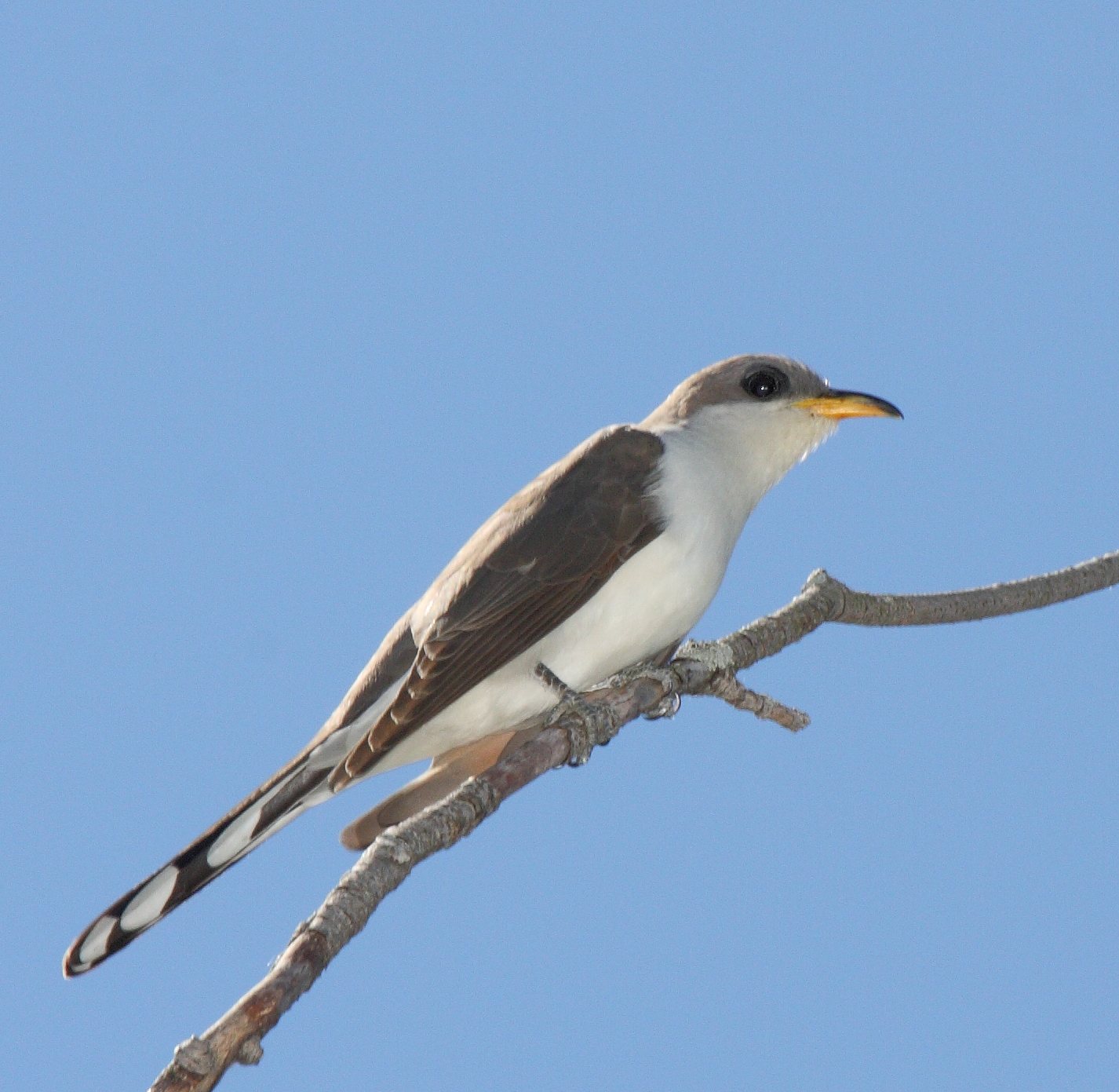
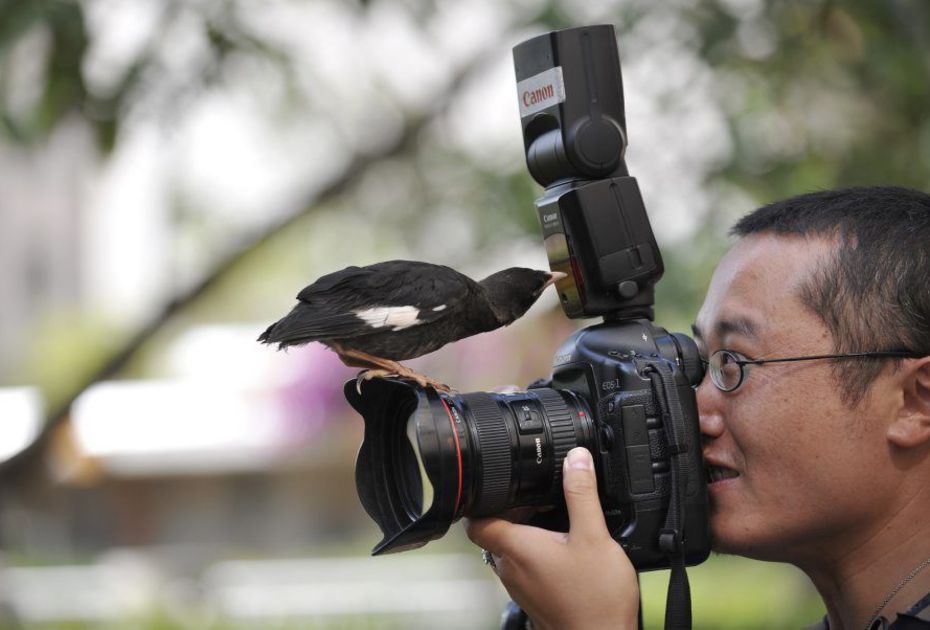

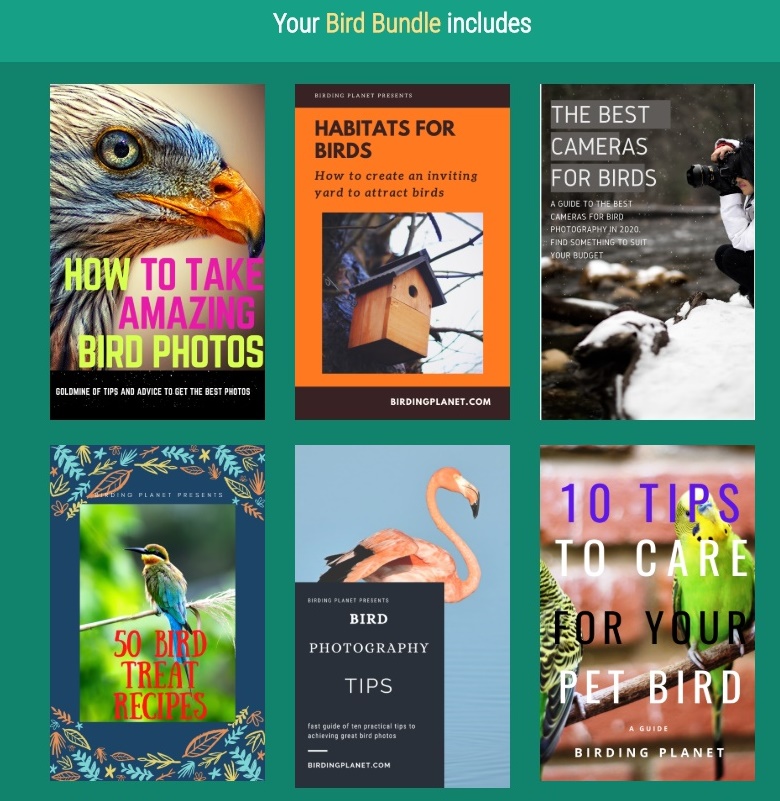



Reader Comments